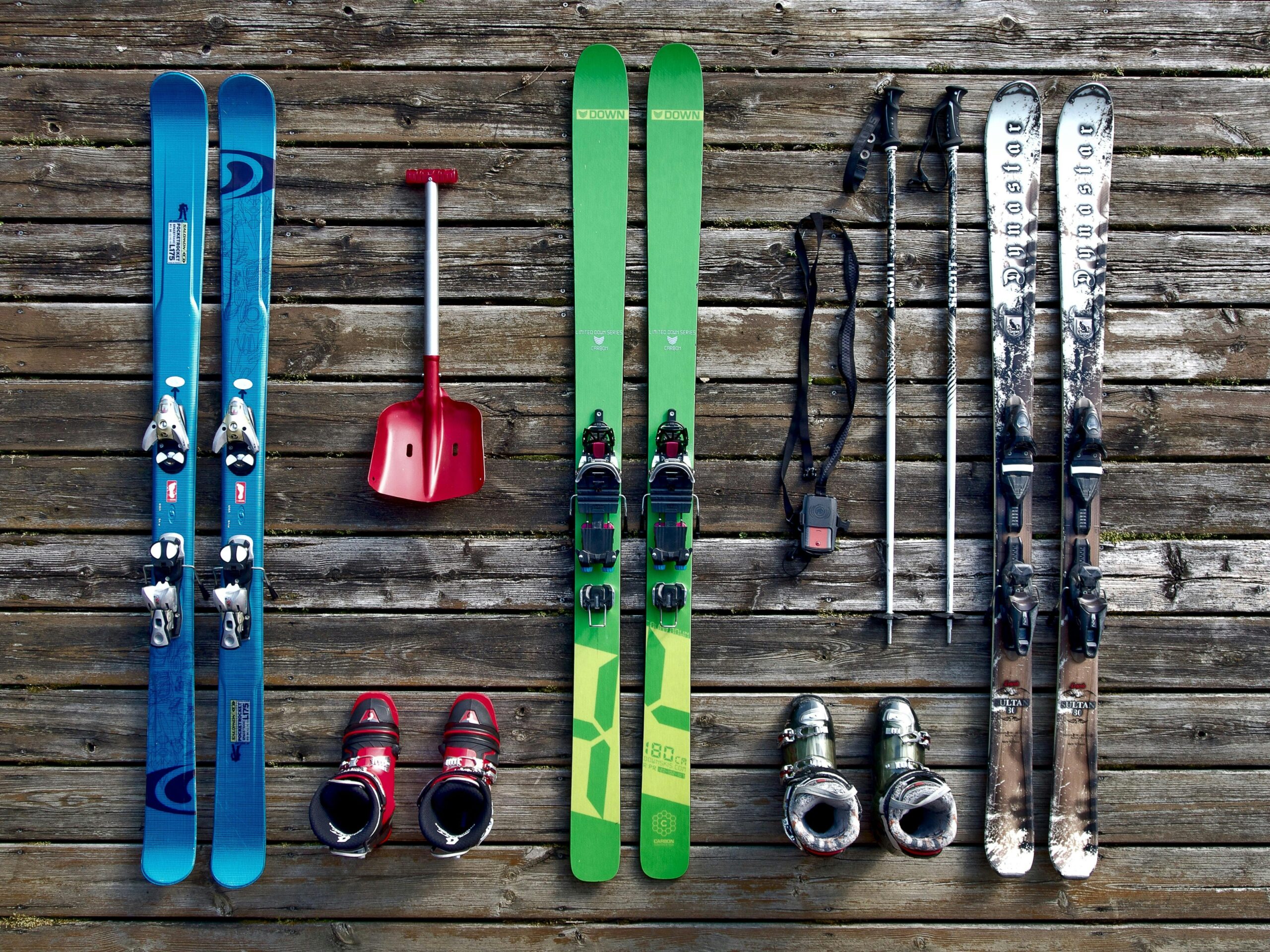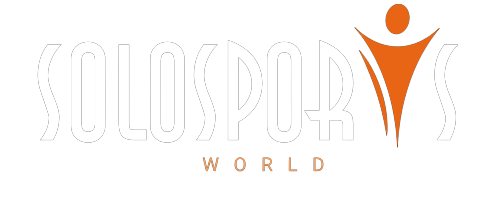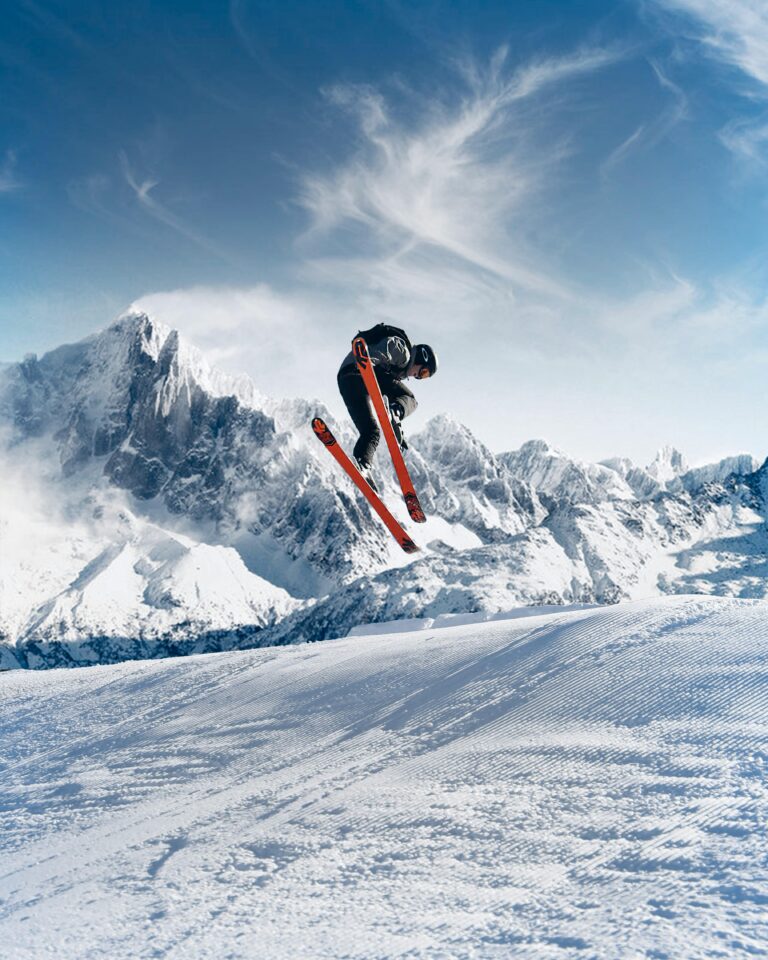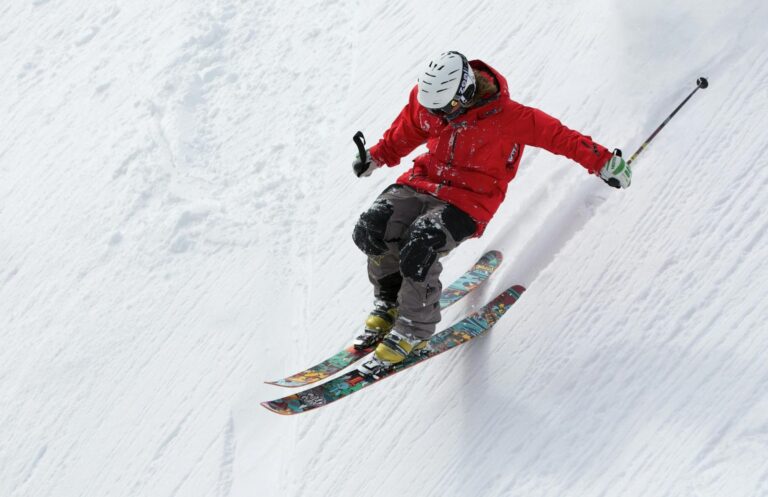When winter rolls around, you can’t help but feel that itch to get on the slopes. But there’s always that big question: should you buy your own ski gear or just rent? This choice can really change how much you spend and impact the whole family’s experience. Want to know which route makes more sense for you? Stick with me—I’ve broken down the costs and pros and cons so you can decide with confidence.
Renting is cheaper short-term ($200–$400/season vs. $600–$1,000+ to buy), but if you ski 10+ days yearly for 3+ seasons, buying pays off since rentals would cost $600–$1,200 while owned gear averages out to $200–$333 per season plus $50–$100 maintenance.

Money talks when you’re planning a winter trip. Ski gear—whether skis, boots, snowboards, or jackets—comes with a wide price range depending on brand and quality. Prices have shifted lately thanks to higher production costs and supply changes, not to mention how much people want gear that performs well. If you want to dive deeper into the full skiing budget, I put together a complete skiing cost guide that covers everything you need to know.
Overview of Rental and Purchase Costs
Here’s a quick snapshot of what you’ll spend on average:
| Item | Rental Cost (Season) | Purchase Cost |
|---|---|---|
| Ski Set (Skis, Boots, Poles) | $200 – $400 | $600 – $1000 |
| Snowboard Set (Board, Boots) | $200 – $350 | $500 – $800 |
| Apparel (Jacket, Pants) | $150 – $300 | $300 – $600 |
| Safety Gear (Helmet) | $50 – $100 | $100 – $150 |
If you’re just starting out or only ski a few times a season, renting usually wins on price. For families planning a trip, knowing where your money goes helps you decide whether to rent now or invest in your own gear down the line.
Renting vs Buying: Which is More Affordable?
For most occasional skiers and those new to the sport, rentals offer a significantly cheaper and more flexible option compared to purchasing gear outright.
Rentals have gotten more popular, especially as people want hassle-free options. Nearly half of skiers choose to rent because it’s easier and doesn’t tie them down. Renting lets you test different gear before committing—perfect if you’re just finding your feet.
But if you hit the slopes a lot, owning your gear can be a game-changer. When you invest, the fit is tailor-made for you, which makes skiing comfy and way more fun. Curious about rental prices? I wrote a detailed post on typical ski rental costs to help you get a clear picture.
What are the Pros and Cons of Renting Ski Gear?
Pros of Renting Ski Gear
- Flexibility: You can try out different equipment without commitment. Ideal if you’re new or still figuring out what works.
- Maintenance-Free: Repairs and tune-ups are someone else’s problem. More slope time, less gear worry.
- Cost-Effective for Limited Use: If you ski just a few times a year, renting saves you from dropping big bucks on gear that sits in the closet.
Cons of Renting Ski Gear
- Quality and Fit Issues: Sometimes the rental gear doesn’t fit right, and trust me, an uncomfortable boot can ruin your day.
- Hidden Costs: Insurance or fees for special gear can sneak in and surprise you.
- Condition of Gear: Rental gear can be older or worn, which might affect your safety and performance. Always check before heading out.
What are the Pros and Cons of Buying Ski Gear?
Pros of Buying Ski Gear
- Ownership: Gear that fits you perfectly and suits your style means more comfort and better skiing.
- Long-Term Savings: If you ski often, buying saves you money over time. Think of all the rental fees you skip.
- Quality Assurance: You get to pick top-notch gear that keeps you safe and performs well.
Cons of Buying Ski Gear
- High Initial Cost: That upfront price tag can scare off beginners or casual skiers.
- Maintenance Needs: You’re in charge—cleaning, storing, repairing—all part of the deal.
- Resale Value: Ski gear loses value fast. Don’t count on making much back if you resell.
How Often Do You Ski?
How often you hit the slopes should really guide your choice between renting and buying. Regular skiers (5-10+ days a season) tend to find buying more worthwhile.
If you ski once or twice a year, renting keeps things simple and cost-effective. But if you’re zipping downhill a dozen days a season, buying might save you money and give you gear that feels like second skin.
Recommended Guidelines Based on Ski Frequency
- 1-3 Days a Season: Rent. It’s cheaper and less fuss, plus you get the latest gear without owning it.
- 4-10 Days a Season: Tough call. Consider entry-level gear if you want to get serious.
- 10+ Days a Season: Buy. Your investment pays off over many runs.
If you’re planning trips to different spots, costs can vary quite a bit. I compared that in my Colorado ski trip cost breakdown, which might help you pick your next destination.
Does Location Affect Ski Gear Costs?
Where you are can change prices quite a bit. Urban ski shops usually charge more; rural spots often have better deals.
You’ll notice big differences depending on the region. Urban resorts carry higher overhead, so prices go up. Smaller towns tend to compete with better pricing and still offer decent gear.
Also, available brands and styles can differ by area, so your choices might be limited somewhere. A quick tip: check online forums or local groups to see what other skiers in your area say about prices.
Can You Save Money Through Package Deals?
Look out for package deals—they can really trim costs if you’re renting gear for yourself or your family.
Packages could include:
- Family bundles at discounted rates for multiple rentals.
- Beginner packages combining lessons and gear rental.
- Longer-term rental discounts if you’re hitting the slopes multiple times.
Call around or browse online to find these deals—they add up fast and can save you some serious cash.
What are Hidden Costs of Owning Ski Gear?
Owning gear means more than the price tag—it comes with extra costs you might not expect.
Here’s what sneaks up on you:
- Tune-Ups and Repairs: Regular maintenance keeps gear safe but usually costs $30 to $100.
- Gear Upgrades: New tech will tempt you to upgrade sooner than you might want.
- Storage Solutions: Somewhere to keep your gear safe and organized can cost extra.
- Travel Costs: Flying or driving with gear sometimes means extra fees or logistics.
Knowing these helps you figure if buying is a good long-term plan.
Exploring Sustainable Options: Rent vs Buy
If you care about the planet (and who doesn’t?), rentals can be a greener choice, helping cut down carbon footprints by sharing gear.
Rental companies focusing on sustainability are popping up, offering gear made from eco-friendly materials and promoting reuse. This shared approach reduces waste and makes skiing more accessible.
Also, consider swapping gear with friends or community groups—it’s fun, saves money, and keeps equipment in use longer.
Additional Tips for First-Time Skiers: Renting to Learn
If you’re new and not quite sure about jumping in full-throttle, renting is your friend. Here’s how to make the most:
- Rent Demo or Beginner Packages: Try different setups without breaking the bank to find what suits you best.
- Book Rentals in Advance: Especially during peak season, a little planning saves money and guarantees availability.
- Ask About Setup Services: Boots and bindings adjusted on-site make a big difference in comfort and safety.
- Inquire About Upgrades: Some shops let you upgrade gear mid-season if you’re ready to level up.
FAQ: Renting vs Buying Ski Gear
Q1: How do I know if my rental gear fits properly?
Make sure boots feel snug but not painful, and skis or boards match your size. Don’t be shy—ask rental pros to help you try several sizes. Comfort matters.
Q2: Is it better to rent gear every time if I only ski on vacation?
Definitely. Renting means less hassle carrying gear around, no storage issues, and you avoid gear wear when you’re off the slopes.
Q3: Does renting ski gear always mean lower quality?
Not at all. Many rental shops keep their equipment updated and well-maintained. Always check gear condition before you ski.
Q4: What should I consider when buying ski gear for kids?
Kids grow fast! Renting kids’ gear usually makes more sense unless you want adjustable boots or skis that grow with them.
Q5: Are there insurance options when renting ski gear?
Yes! Many shops offer insurance or damage waivers for peace of mind. Decide based on how much gear you rent and your comfort with risk.
Conclusion
Skiing isn’t just a sport—it’s a chance to make memories. Whether you rent or buy depends on how often you ski, your budget, and what feels right for you. With these insights, you’re ready to make a smart choice this winter.
For more on gear costs and beginner advice, check out my full ski equipment rental prices guide. And if you want some extra tips, don’t miss this skiing essentials video or my beginner-friendly how-to guide. See you on the slopes!





